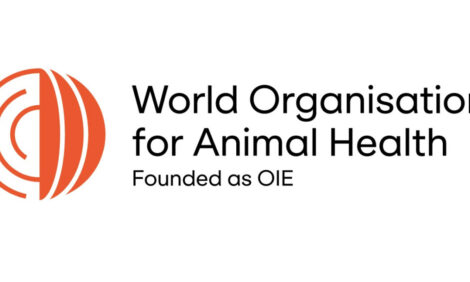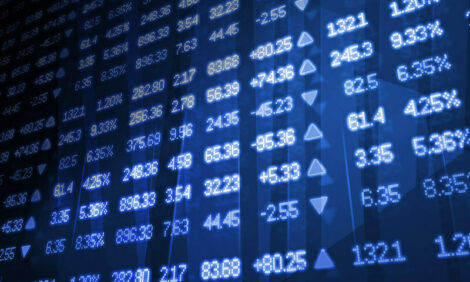



LMC: Ongoing Increase In NI Beef Exports To Europe
NORTHERN IRELAND, UK - The relaxation of the beef export ban in 2006 meant that NI processors had the option to increase the level of red meat exports to Europe and since then there certainly appears to have been a gradual increase in the volume of beef exports shipped to the continent from NI factories.
Data
acquired and compiled by LMC shows
that the seven major NI slaugherhouses
have substantially increased red meat
exports to the continent over recent
years.
These figures show that in 2011,
between January and August, 18,000
tonnes of beef were exported from NI to
continental Europe or the Republic of
Ireland.
This represented an increase of
5,000 tonnes or 37 per cent compared
to the same period in 2010, despite
much reduced availability of cattle for
slaughter this year. The overall volume
of beef exported to Europe has been
increasing year-on-year since 2008
when these figures were first collated.
The 2009 figures showed a 49 per cent
increase on 2008 levels, while the 2010
figures showed a 32 per cent increase
on the previous year.
Ireland (IE) is the chief export destination
for red meat from NI and volumes
exported to ROI have remained strong
throughout the period concerned.
Apart from ROI, Italy (IT) and France (FR)
were the two dominant recipients of red
meat exports from NI in recent years.
Exports of NI red meat to Italy have
increased sharply in 2011 with a 121
per cent increase in volumes compared
to 2010.
Italy along with Greece (GR)
generally tops the tables of farmgate
prices across the EU and these figures
show that the exporters have made good
progress in penetrating these lucrative
markets. The data shows that in the last
three years, virtually nothing has been
exported to the Greek market, with the
first shipments to Greece being made in
2011.
Exports to France in the period from
January to August 2011 are back slightly
compared to the same period last year.
However, it remains a significant trade.
Steady year-on-year increases in the
export trade to the Netherlands (NL)
have also been recorded over the last
three years, with Dutch imports of NI
beef rising by 63 per cent this year
between January and August compared
to the same period last year.
Exports to Germany (DE) have increased
sharply from a very low base and reports
of increased exports of primals to
Eastern Europe have been confirmed
with this data showing a 60 per cent
increase in beef exported to Poland (PL)
over the last year. Interest from buyers in
Spain (SP) and Portugal (PG) has
increased sharply as is illustrated in
Figure 2 below.
It is important to note that this data
indicates trends in the trade of beef to
Europe over the course of the last three
years. This data is not a reliable
indication on absolute volume of exports
to the Europe since it only includes
exports from seven abattoirs. This data
does not include export information from
other smaller abattoirs or the exports of
secondary processors several of whom
are known to be very active in export
markets; nor does it include exports to
third countries or offals.
This healthy growth in exports to
continental Europe is to be welcomed
and these figures certainly show that the
local processors have been successful in
identifying opportunities across Europe
since the ban was lifted. This export
growth also represents a diversification
in sales and a slight reduction in reliance
on the GB market which remains the
core market.
One fact however, that will not be lost on
regular readers of the LMC Bulletin is
that GB R3 heifer prices were the highest
in the EU in mid-November. The value of
diversifying our markets should not be
under-estimated, but ongoing
developments in the trade must always
be considered and the importance of
looking after our core markets cannot be
ignored particularly in the context of GB
farmgate prices being so strong
currently.
The future of the EU trade will much
depend on the ongoing crisis in the
Eurozone. The euro remains historically
strong against sterling and if this
situation is to persist then Europe will
remain an attractive market.
TheCattleSite News Desk


